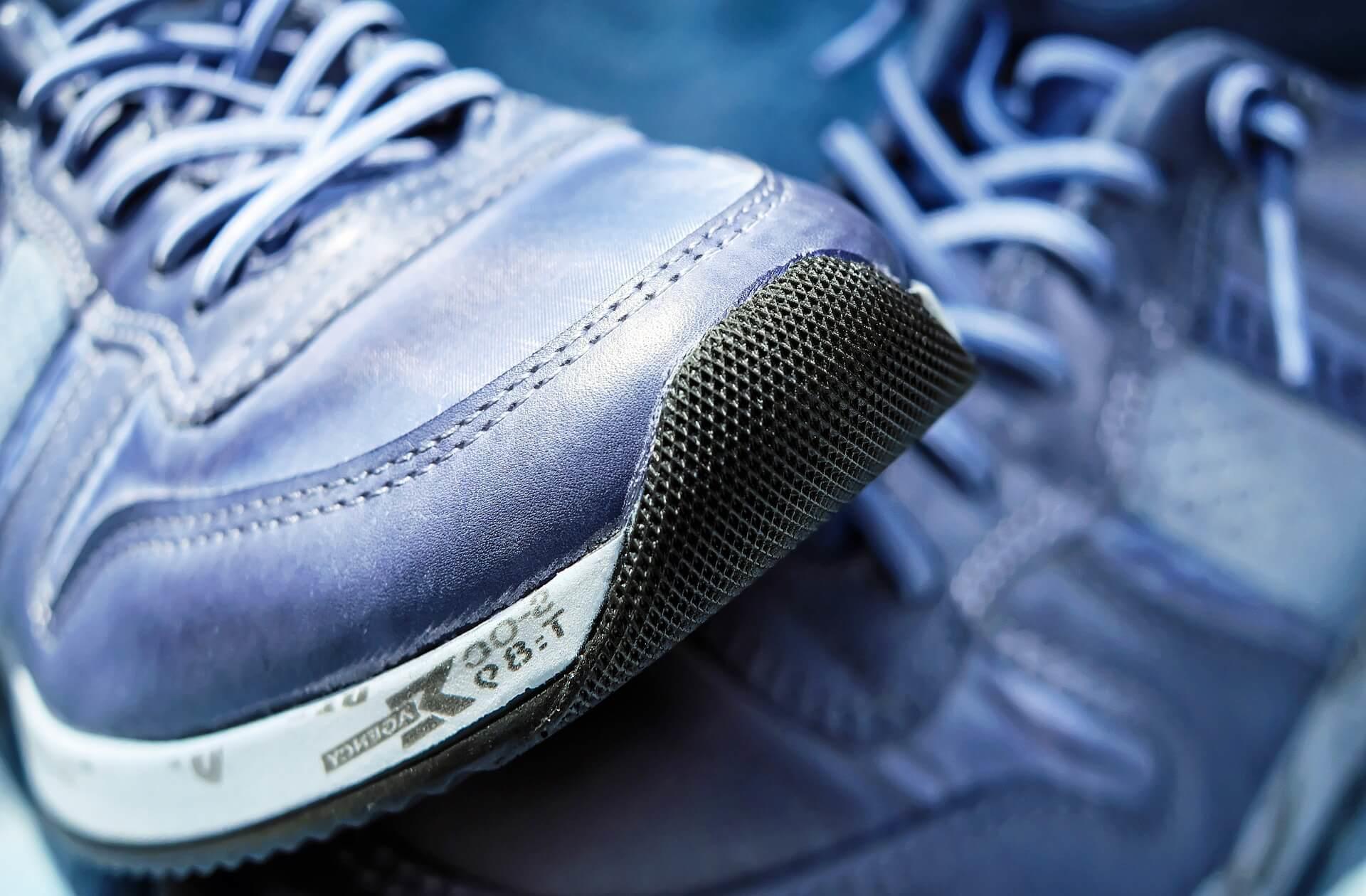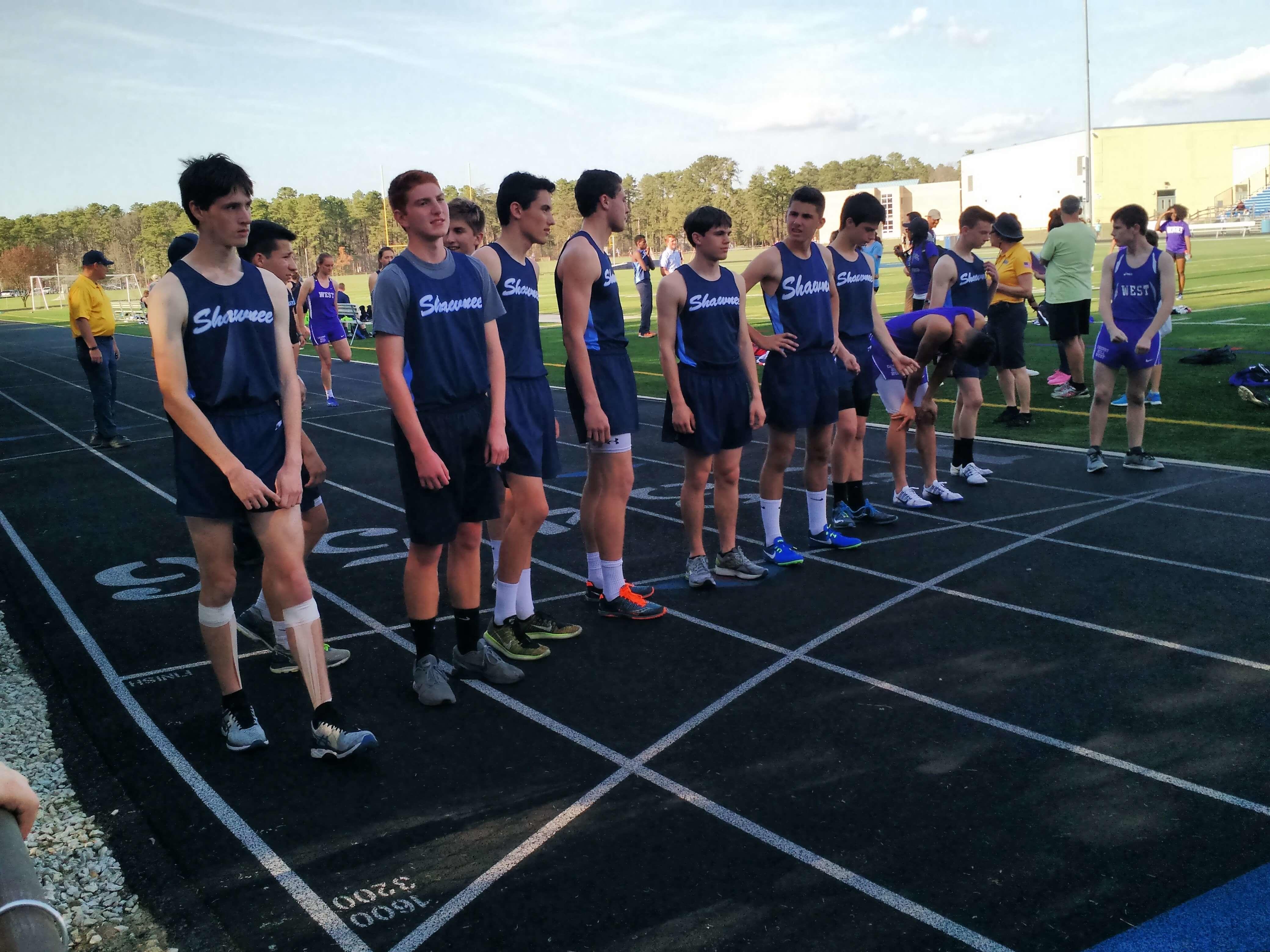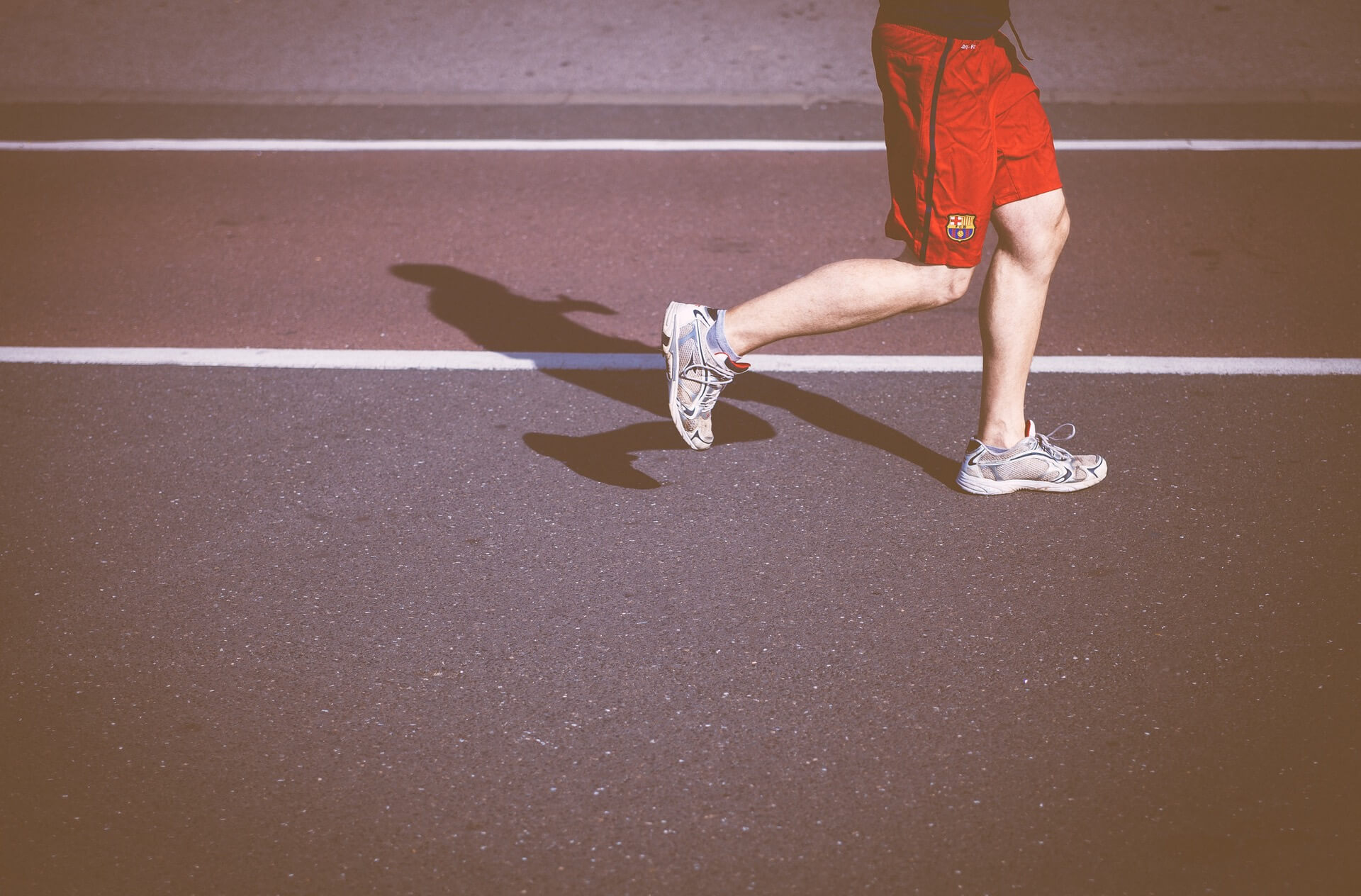What Happens When Your Aspie Gets a Running Injury?

If your child is on the autism spectrum and they are a runner, chances are good they will get injured. Most seasoned runners expect pain and injury at some time in their careers. Sometimes autism puts a unique twist on it.
Do They Feel Pain?
My Aspie does not feel certain kinds of pain. He could bleed to death and still carry on as long as he does not see the wound. But as soon as he sees a little scratch, he may shut down. Nevertheless, he chose cross country as his sport. He has not emerged unscathed. The good news is that he has learned to better handle the cuts and scrapes. Unfortunately, the internal injuries have also plagued him.
Read also about cross country trainers.

Do They Communicate?
First he got a knee issue called plica. This put him down but not out. For treatment, we took him to the orthopedic surgeon. Like many children on the autism spectrum, my son turned into “the little doctor” and explained in detail and precise medical terminology his malady, location, and pain level. The surgeon loved it and told my son he was the ideal patient. Maybe a little long-winded but together, they got the correct diagnosis. With script in hand, my wife then took him to the physical therapist for a few weeks of rehab.
If your child is not a “little doctor”, you may need to advocate for them. This is the case for my oldest son, also autistic. Just remember in certain states, your parental role as an advocate may expire when your child turns 18. With their consent, you may be able to continue that role. In any case, make sure your child gets the best care by giving the best input to the doctors.
Do They Cooperate?
Not only did my son get first class rehab, the PT also gave him lessons in proper running form – the classic straight body, lean, mid-foot strike method. He ate it up and did everything he was told to the letter. So of course he got better, corrected a form causal factor, and finished the season without any knee pain.

The funny thing is, I had been trying to teach my son that form months before that. While he tried his best to cooperate, he struggled a great deal with the lean. Instead, he always folded at the hips. But somehow, the PT succeeded in correcting him. Again, the patient/doctor relationship worked. As a parent, give your child the opportunity to make advances by exposing them to other people in authority or expertise. Sometimes they respond.
Are They Flexible?
Read also about best women’s shoes for shin splints.
Later in track season, my son developed shin splints. This common runner injury is very painful. My son felt this pain and told the coach. He worked with the trainer trying different approaches to remedy the situation. So far, nothing has worked. The good news is that my son is willing to try different things. He’s happy not running as much while the pain is present. Like most runners, he is also frustrated by the reduced training. Despite the different textures (tape, wraps), temperatures (ice packs), and treatments (stretches, exercises) that can cause some Aspies extreme issues, my son seemed to be flexible enough to handle all the rapid-fire changes and uncertainties.

If that is not your case, you may again need to advocate or just slow things way down to allow your child time to adjust to each sensation or experience. Help the coaches and trainers to understand any known issues that may escalate.
What are the Aggravating Circumstances?
Some children on the autism spectrum are high-functioning cognitives. Both of my sons are off-the-charts brilliant. In their own ways, they are extremely driven to succeed. This drive is sometimes very difficult to discern. In the case of my runner son, he is a good runner, not a great runner. But in his mind, just the opposite is true. This frustrates him a lot. He does not understand why the coaches don’t give him more opportunities to get better, to race more often, and get the perceived preferential treatment offered to the star runners.
What is Their Mental vs. Physical Growth Pattern?
Part of the problem is two-fold. First, my son, though way ahead in cognitive skills, is way behind in social skills. His maturity level is a few years behind his peers. Although he maintains a good pace of catching up, he will likely remain discernably behind into adulthood. While this is not an injury, it is something to be aware of in helping him to cope with the social issues associated with injury and performance. For instance, although most all runners deal with injury, it is so much more personal to my Aspie. It typically manifests in, “Why me?”
Are They Just Growing Pains?
The other part of the problem is simply the natural process of growing up. My son is a junior in high school. He has grown about a foot in the past year. That’s a lot of movement and body stress. Add to that the stress of running and things may hurt more. Frankly, I’m not surprised that he got shin splints, although it seems like there is no visible mechanical reason. I suspect it is just growing bones. I had the same problem in my junior year. It was so painful and the memory of it so great that I did not run again until I was nearly 50 years old. Surprisingly to me, the pain of shin splints did not return. Your Aspie may just need to grow into himself.

The mind and body of a runner are complex. Injury diagnosis and treatment is not an exact science. Autism and associated factors may make this process sometimes easier, sometimes more difficult. As a parent, coach, or aide, our job is to patiently determine these details so we do all we can to help our children succeed.
Latest Articles
 Is Running on a Treadmill Easier Than Running Outside?Runners have their own preferences, whether it is treadmill running, running outside on the road, or exploring trails. So...
Is Running on a Treadmill Easier Than Running Outside?Runners have their own preferences, whether it is treadmill running, running outside on the road, or exploring trails. So... Is It OK to Use Trail Running Shoes on the Road?While trail running shoes can be used on roads, especially in situations where a runner encounters mixed terrains or pref...
Is It OK to Use Trail Running Shoes on the Road?While trail running shoes can be used on roads, especially in situations where a runner encounters mixed terrains or pref... How to Fix Sore Quads After Running?Rest, ice, gentle stretching, and over-the-counter pain relievers can help soothe sore quads after running. Also, ensure ...
How to Fix Sore Quads After Running?Rest, ice, gentle stretching, and over-the-counter pain relievers can help soothe sore quads after running. Also, ensure ... 10 Fruits With The Most Electrolytes to Replace Sports DrinksThese fruits are high in electrolytes such as potassium, magnesium, and calcium, essential for hydration, muscle function...
10 Fruits With The Most Electrolytes to Replace Sports DrinksThese fruits are high in electrolytes such as potassium, magnesium, and calcium, essential for hydration, muscle function...

